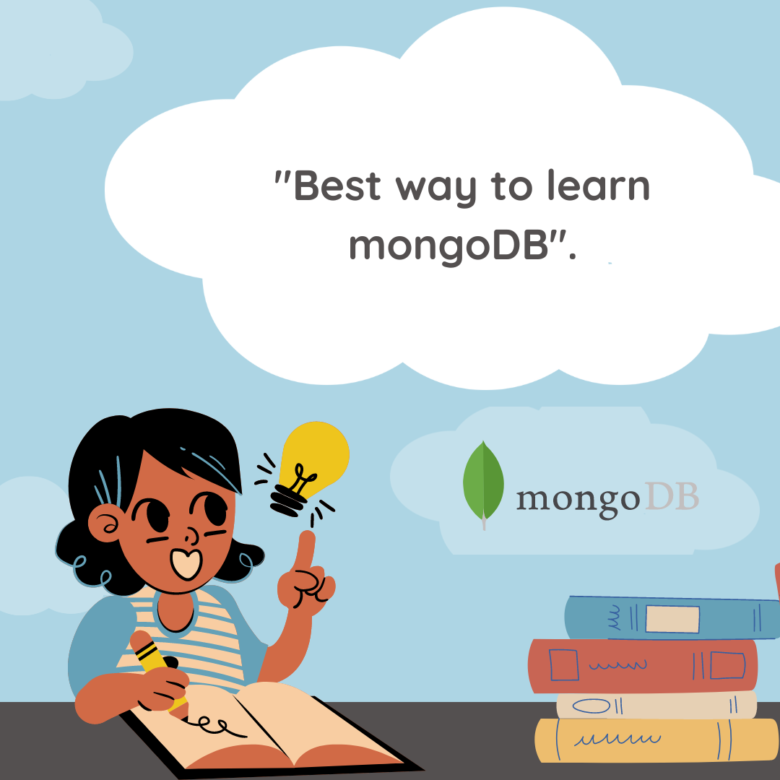In the world of modern databases, MongoDB has emerged as a powerful and flexible NoSQL database solution. It provides developers with a document-oriented data model, allowing them to store and retrieve data in a highly scalable and efficient manner. This blog post will serve as your gateway to understanding MongoDB, covering its architecture, key features, schema design, data types, aggregation framework, and querying capabilities.
Architecture
MongoDB follows a distributed architecture that enables horizontal scaling and high availability. It utilizes a replica set to maintain multiple copies of data across different servers, ensuring redundancy and fault tolerance.
The primary components of MongoDB’s architecture include the following
- MongoDB Instances
These are individual database server processes that store and manage data.
- Replica Sets
They consist of multiple MongoDB instances, including a primary and one or more secondary instances. Data redundancy and automatic failover are both provided by replica sets.
- Sharding
MongoDB’s sharding feature allows for horizontal scaling by distributing data across multiple shards or partitions. The data can be efficiently stored and retrieved because each shard only contains a portion of the total data.
Features
MongoDB offers a rich set of features that make it a popular choice for modern application development.
- Document-Oriented
MongoDB stores data in flexible, JSON-like documents called BSON (Binary JSON), allowing for easy representation and manipulation of complex data structures.
- Scalability
MongoDB can handle large amounts of data by horizontally scaling across multiple servers using sharding and replica sets.
- Indexing
It provides various indexing options to optimize query performance, including single-field, compound, geospatial, and text indexes.
- Aggregation Framework
MongoDB’s powerful aggregation framework enables complex data processing and analysis, allowing you to perform operations like grouping, filtering, sorting, and joining data.
Schema and Data Types
MongoDB’s schema design is flexible and dynamic, allowing you to adapt to evolving application requirements. It is compatible with a variety of data types, including.
-
-
- String: Stores text data.
- Integer: Represents whole numbers.
- Double: Stores floating-point numbers.
- Boolean: Represents true or false values.
- Date: Stores date and time values.
- Array: Stores a list of values.
- Object: Stores nested documents.
- Binary Data: Stores binary information.
- ObjectId: A unique identifier for documents.
- Null: Represents the absence of a value.
-
Aggregation
MongoDB’s aggregation framework is a powerful tool for performing complex data transformations and analysis. It provides a set of operators and stages to manipulate and aggregate data. Here’s an example of using the aggregation framework to calculate the average rating of products.
db.products.aggregate([
{
$group: {
_id: null,
averageRating: { $avg: "$rating" }
}
}
])
This query groups all products and calculates the average rating across all documents.
Querying
MongoDB offers a flexible and expressive query language that allows you to retrieve and manipulate data with ease. Here’s an example of a query to find all products with a price less than $50.
db.products.find({ price: { $lt: 50 } })
This query uses the find() method to filter documents based on the specified condition.
Conclusion
MongoDB’s flexible data model, distributed architecture, and powerful features make it an excellent choice for building modern, scalable applications. With its document-oriented approach, flexible schema design, and expressive querying capabilities, MongoDB empowers developers to work with complex data effortlessly. By mastering MongoDB, you unlock a world of possibilities in managing and leveraging data effectively for your applications.
Remember to explore MongoDB’s extensive documentation and community resources to dive deeper into its capabilities and best practices. Happy coding with MongoDB!

